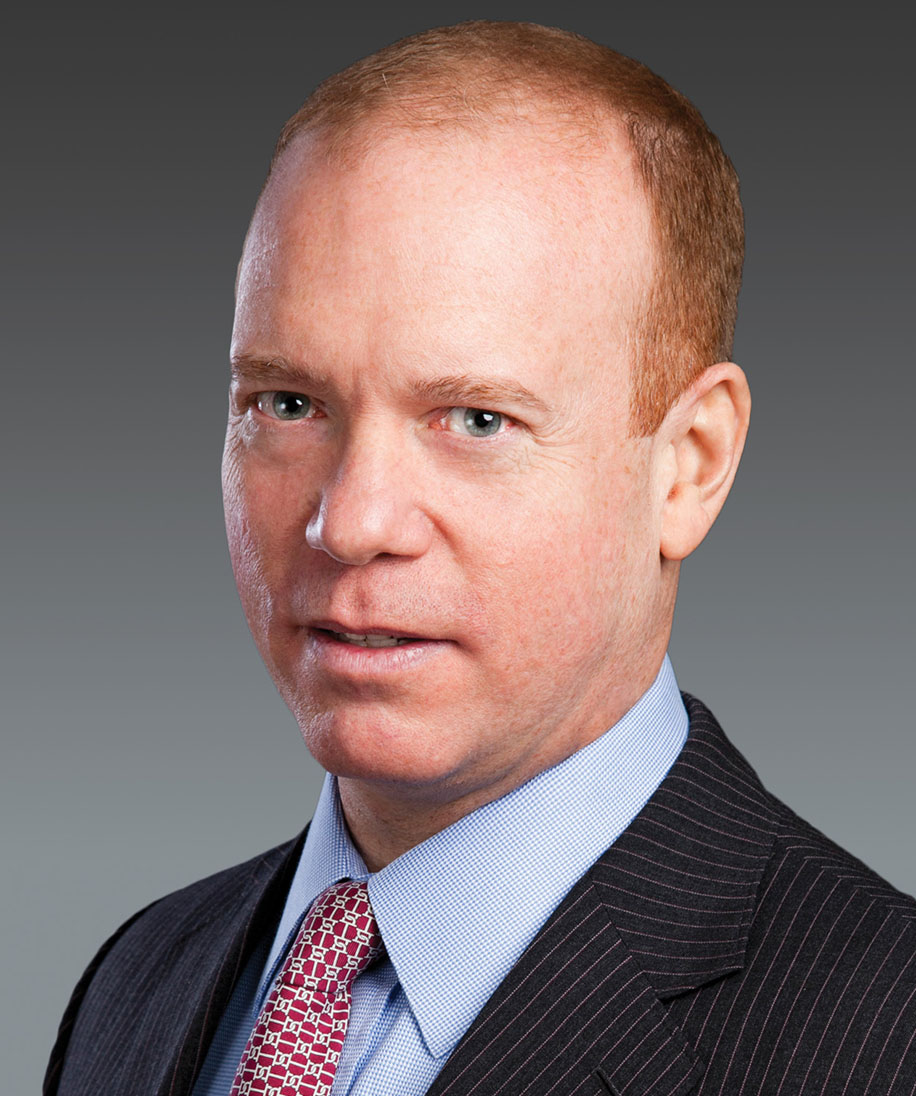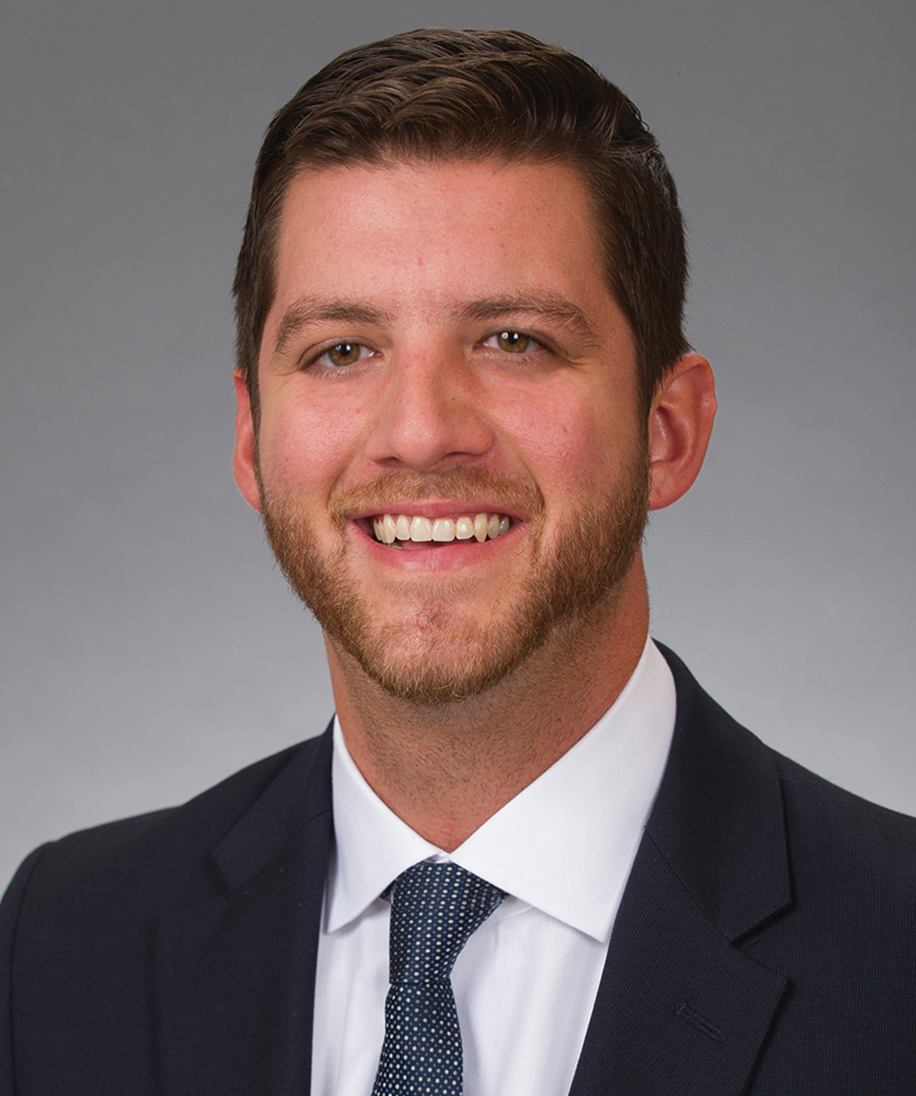Client Alert
On the Heels of Significant FCPA Settlements, Past and Present Meet as Novartis Reaches FCA Settlements in Two Districts
July 16, 2020
By Gary F. Giampetruzzi , Jane H. Yoon , Sandra González & Michael Mottweiler
Once upon a time, the government resolutions with pharmaceutical companies that dominated headlines involved expensive meals and speaker honoraria provided to healthcare professionals (“HCPs”). These settlements helped reshape the way the industry considered and approached transfers of value to HCPs. More recently, government investigations and resolutions have focused on whether and how manufacturers are transferring value to patients through donations to charitable copay foundations and patient support programs. Past and present have converged in Novartis’ most recent settlements out of the Southern District of New York (“SDNY”) and District of Massachusetts (“D. Mass.”), reminding life sciences companies, already wisely focusing on new(er) risk areas, to devote resources and attention to traditional risk areas, especially as these traditional activities migrate to new platforms in the present COVID-19 environment.
The Novartis Pharmaceuticals Corporation Settlements
On Wednesday, July 1, 2020, the U.S. Department of Justice (“DOJ”) announced two settlement agreements with U.S.-based Novartis AG subsidiary Novartis Pharmaceuticals Corporation (“Novartis”) to resolve allegations of False Claim Act (“FCA”) and Anti-Kickback Statute (“AKS”) violations, among other things, for a combined $728 million. These settlements came six days after the DOJ and SEC announced resolutions of various Foreign Corrupt Practices Act violations with Novartis AG and current and former subsidiaries, yielding over $1 billion in penalties in less than one week’s time.
In the New York matter, Novartis agreed to pay $591 million in FCA damages, forfeit $38 million as proceeds of AKS violations, and pay $48 million to various states. The settlement resolved a qui tam action that alleged misconduct related to Novartis’s speaker programs and roundtable events (collectively, “Promotional Programs”) from 2002 to 2011.[1] In Massachusetts, Novartis agreed to pay $51 million to resolve alleged FCA violations in connection with certain donations to charitable copay assistance foundations. The company also entered into a five-year corporate integrity agreement (“CIA”) with the Department of Health and Human Services’ Office of the Inspector General (“HHS-OIG”) in conjunction with the settlements.
New York Settlement Relating to Promotional Programs
This settlement resolves a qui tam lawsuit originally filed by a former sales representative in January 2011. Specifically, the lawsuit alleged that Novartis offered and provided improper payments to HCPs in the form of cash, lavish meals, expensive alcohol, hotels, travel, entertainment, and honoraria expenses to induce prescriptions of Novartis drugs in violation of the AKS, and caused these tainted claims to be submitted to federal programs for reimbursement in violation of the FCA. Pursuant to the settlement, Novartis admitted to various instances of having improperly induced HCPs to prescribe Novartis products.
First, Novartis admitted that sales representatives, who had “broad discretion” with speaker selection, used prescribing data to identify and select high-prescribing HCPs to serve as paid speakers at promotional events. For example, Novartis paid two HCPs, who each wrote more than 8,000 prescriptions for Novartis drugs, over $320,000 and $220,000 in honoraria, respectively.
To address this past conduct and prevent future issues, the CIA prohibits Novartis sales representatives from playing any role in the selection of HCPs as speakers or consultants for non-promotional engagements. Instead, Novartis must select speakers and consultants by objective, standardized criteria. The CIA also mandates a $100,000 spending cap for HCP speakers for newly approved drugs, including an individual HCP spending cap of $10,000 (exclusive of travel-related expenses).
Second, Novartis admitted to various instances of excessive meal and alcohol spending at restaurants, golf clubs, sporting events, and other entertainment venues. In some examples, HCPs demanded expensive bottles of wine; one Novartis presentation even noted that there was “no control over alcohol spending.” During the 10-year period at issue, Novartis held more than 12,000 Promotional Programs with meal spending that exceeded, sometimes by several orders of magnitude, the company’s $125 per person limit.
The CIA now prohibits these events from taking place in restaurants or in any location serving or allowing the purchase of alcohol. Notably, it further requires that Promotional Programs be exclusively virtual—HCP speakers cannot be in the same location as any attendee, and attendees must participate from their office settings. Before COVID-19, these requirements may have seemed strict, and less applicable to companies whose programs did not involve conduct similar to Novartis’s case. With more business being conducted virtually following pandemic-related shut-downs, however, these mandates actually may be instructive for all companies.
Finally, Novartis admitted that, to help meet aggressive goals for Promotional Programs, many representatives invited the same HCPs to attend repeat events—programs with the same presentation and title about the same drugs. Over one six-month period, nearly 19,000 HCPs attended three or more duplicate Programs. Novartis also often paid an HCP to serve as a speaker for Programs attended by the speaker’s HCP friends or colleagues. The HCPs would rotate through the speaker role, resulting in a round robin of the same HCPs serving as speakers and attendees on the same topic. One group of five HCPs attended more than 100 events together, as often as five times per month. Notably, Novartis conducted a return on investment (“ROI”) analysis for repeat-attendee HCPs, and then established monthly goals for these Promotional Programs, which one executive characterized as bordering on “excessive.”
The CIA requires Novartis to establish a needs assessment process for Promotional Programs that identifies: (i) a specific business need for the retention of an HCP speaker; (ii) the agenda for the proposed meeting; and (iii) a detailed description of the work to be performed by the HCP speaker. The above-mentioned spending caps in the CIA ostensibly would also limit the recurrence of this type of conduct. In addition to the requirements discussed above, the CIA provides that Promotional Programs may only occur within 18 months of the FDA approval of a new product marketed or sold in the U.S. or reimbursed by federal programs. However, Novartis may use program recordings outside of the 18-month window.
Key Takeaways from the New York Settlement
This resolution underscores the importance of proactively and regularly evaluating and reassessing emerging and well-known risk factors, and of revisiting the lessons (old and new) learned from enforcement actions against industry peers. In particular, companies should take note that:
Compliance Teams Must Keep Pace with Business Activities
As a company’s business practices evolve or increase in scope, so should its compliance investment. It is notable that, according to the settlement, when Novartis was conducting tens of thousands of Promotional Programs, it did not deploy compliance resources to monitor these programs. The settlement serves as a reminder that, as emphasized by the DOJ’s recent revisions to its April 2019 Compliance Program Guidance, the dedication and empowerment of adequate compliance resources are key factors that demonstrate the effectiveness of a compliance program. In addition to deploying adequate compliance resources for monitoring, companies must ensure that potential issues are being investigated, in parallel, to avoid what the Government described here as a “large backlog of potential AKS violations.”
Adhering to these well-understood compliance hallmarks may be more challenging now that virtual interactions with external audiences have become the new normal, in view of our COVID-19 reality.
The Old “Meals and Speaker Programs” – Where Are They Now?
Even as companies have settled on how they manage “traditional” risks like meals and speaker programs, the question is whether legal and compliance teams have systematically accounted for and familiarized themselves with the new ways their business partners are engaging with external audiences (e.g., virtual sales calls, speaker programs, and advisory boards) and, increasingly, different audience types (e.g., patients). In addition, and in perhaps the starkest illustration, the pandemic accelerated the use of virtual platforms to conduct traditional activities. In view of these recent changes and the SDNY settlement, the guidance available for employees, which was once sufficient, may now lack the requisite specificity and currency to be effective.
ROI Is Not a Proxy for a Legitimate Business Need
In this arena, the phrase “ROI” has long evoked prosecutorial suspicion. When mentioned in connection with certain activities (e.g., donations to copay assistance foundations), the phrase has been viewed as potential evidence of problematic intent. By contrast, in connection with certain marketing-related activities, ROI discussion may be expected, appropriate, and valid. While the SDNY settlement did not expressly tackle ROI analyses in connection with marketing activities, the resolution is a reminder that ROI goals and legitimate business needs can be divergent interests. For example, if certain targets, such as Promotional Program quotas for sales representatives, are measured against inappropriate ROI goals (vs. legitimate business needs), the efforts required to meet such targets may call into question the very legitimacy of the activity itself. Thus, leaders should consider their team’s purpose, and the legitimate needs addressed by their various core activities.
Massachusetts Settlement Relating to Donations to Copay Assistance Foundations
The District of Massachusetts alleged that Novartis had engaged in three different schemes in connection with their donations to three copay assistance foundations (“Foundations”). Two of the Foundations (along with a now long list of other pharmaceutical companies) have entered into settlements with D. Mass., as well as corporate integrity agreements with HHS-OIG.
According to the DOJ, from 2010 to 2014, Novartis engaged in improper conduct with respect to its donations to Foundations to ensure that its donations would be funneled to patients on Novartis products. For example, Novartis allegedly manipulated one Foundation’s application procedure by coordinating a submission en masse of applications for patients on Novartis products shortly after making a donation to the Foundation to ensure the funds would benefit only patients on Novartis products. In another example, Novartis allegedly worked with another Foundation to narrowly define a fund’s eligibility requirements to ensure only patients taking its second-line medication would receive support. Finally, in a third instance, Novartis allegedly acted as the sole donor to a Foundation’s fund, which only covered copays associated with Novartis’s product and not a competing drug.
In addition to the CIA’s Promotional Program-related requirements, the CIA also tasks Novartis with establishing an independent committee to administer donations to Foundations. While Novartis may allocate an annual donation budget, this committee must establish standardized, objective written criteria that will govern the donations process to ensure that Novartis does not use them to funnel payments to patients on Novartis products, thereby potentially influencing drug choices. Furthermore, under the CIA, and consistent with CIAs imposed in similar cases, Novartis may only donate to Foundations if the company does not (1) influence the delineation of disease funds or the foundation’s patient eligibility criteria, (2) donate to funds that cover only one product or a few select Novartis products, or (3) solicit or receive data from foundations that would enable Novartis to engage in an ROI analysis. Legal and compliance must review proposed donations, to ensure the support is appropriate, in view of the CIA requirements.
Key Takeaways from the Massachusetts Settlement
The D. Mass. resolution reflects its continued pursuit of manufacturer donations to Foundations specifically, as well as the broader enforcement scrutiny from multiple districts and the qui tam bar of manufacturer patient assistance and support programs. The allegations against Novartis reiterate the same concerns noted in other settlements of Foundation donations activity, but also importantly demonstrated the variety of potentially suspect ways manufacturers have engaged with Foundations. According to the settlement, Novartis effectively delineated disease funds, coordinated their donations with the mass submission of copay assistance applications to ensure their donations flowed to Novartis patients, and targeted specific, soon-to-be Medicare patients. In view of these unique facts, companies should assess not only whether their policies prohibit such practices, but assess, through auditing and monitoring, their compliance with those policies. It is far easier to put a policy onto paper than to ensure that the policy is then followed within the company.
[1] On March 24, 2020, Novartis won dismissal of a similar qui tam lawsuit alleging FCA violations from 2010 to 2018.
Contributors



Practice Areas
For More Information


